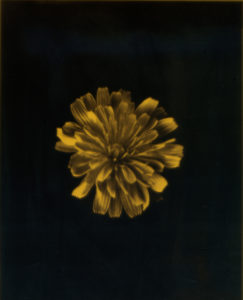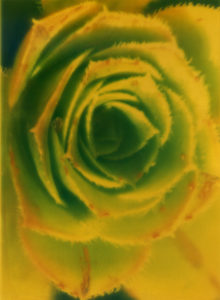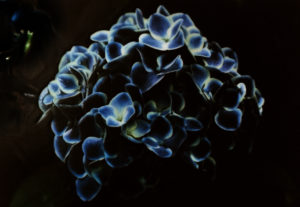

Please note gold street studios Gallery is open – please call 1st – 0354241835
Blooms on Gold and Glass
Runs to June 28th 2020
Offical Opening was Sunday 2nd February 2.00pm to 4.30 pm Opening speech was by Associate Professor Gale Spring at 2.30 pm
The Orotones Carbon and opalotypes works in the exhibition use glass and gold as the base to the images. With these works, simultaneously captured the bold, graphic qualities of Ellie’s subjects and their nuances of texture and tonality. They have a rich topographies with minute details and subtlety up close.

The carbon transfer is a beautiful historic photographic processes which rely on the ability of potassium dichromate to harden gelatin when exposed to ultra violet light. The process was first invented in 1855 by Louis Alphonse Poitevin Poitevin produced monochrome prints made with carbon black pigment. This gave the process its name.
An orotone photograph is created by printing from a negative to create a positive on a glass plate using with carbon transfer process. Following exposure and development, the back of the plate is coated with gold pigment creating a gold-toned image.
Opalotypes are printed on sheets of opaque, translucent white glass. Glover and Bold of Liverpool patented the process in 1857, it was also know as Opaltype and milk glass. Early opalotypes were sometimes hand-tinted with colours to enhance their effect.These opalotypes are created using 4 colour carbon process and mono- coloured carbons
50% of exhibition sales donated to Trentham CFA and Five Freedoms Animal Rescue based in Trentham
